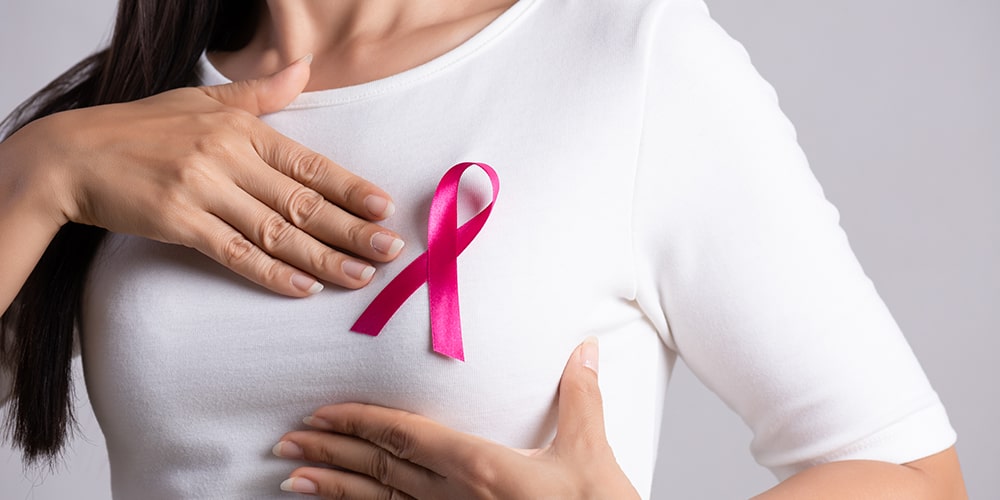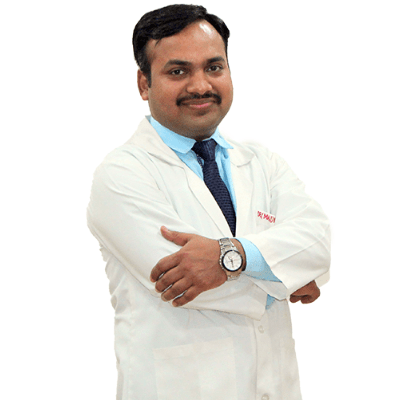
Once breast cancer is detected or diagnosed, surgical treatment plans need to be made to remove the cancer and reduce the chance of the cancer returning. Your surgeon will discuss breast-sparing techniques.
The various surgical techniques differ in how much breast tissue is removed with the tumor. The technique that is used depends on how big the tumor is, where it is located, whether it has spread (metastasized), and your personal feelings. The surgeon often removes some axillary (underarm) lymph nodes as part of the operation; the lymph nodes are then tested to see if they have any cancer cells. This is done to help plan your treatment after surgery.
The breast surgeon will discuss your surgery options with you before the procedure. The surgeon may recommend a specific surgical procedure for you based on the size, location, or type of breast cancer you have. Some of the procedures the physician may discuss with you include lumpectomy, simple or total mastectomy, and modified radical mastectomy.
What are the surgical options for breast cancer?
The various surgical techniques differ in how much breast tissue is removed with the tumor. The technique that is used depends on how big the tumor is, where it is located, whether it has spread (metastasized), and your personal feelings. The surgeon often removes some axillary (underarm) lymph nodes as part of the operation; the lymph nodes are then tested to see if they have any cancer cells. This is done to help plan your treatment after surgery.
The breast surgeon will discuss your surgery options with you before the procedure. The surgeon may recommend a specific surgical procedure for you based on the size, location, or type of breast cancer you have. Some of the procedures the physician may discuss with you include lumpectomy, simple or total mastectomy, and modified radical mastectomy.
Lumpectomy – This is also referred to as partial mastectomy. The surgeon removes the cancerous area and a surrounding margin of normal tissue. A second incision (cut) may be made in order to remove lymph nodes. This treatment tries to save as much of the normal breast as possible.
After the lumpectomy, the patient usually has a 4-5-week course of radiation therapy to treat the remaining breast tissue. (Sometimes, a 3-week course of radiation, or even a one-time dose of intra-operative radiation therapy, can be offered). Most women who have small, early stage breast cancers are excellent candidates for lumpectomy.
Women who usually are not eligible for a lumpectomy include those who:
- Have already had radiation therapy to the affected breast
- Have two or more areas of cancer in the same breast that are too far apart to be removed through one incision (though there are currently research trials looking at this option)
- Have a very large tumor or one that is close to or attached to the chest wall or nipple
Women who have cancer that is not completely removed with the lumpectomy may need further surgery to take out the rest of the cancer cells. The margins of the specimen that was removed are evaluated to help in making this decision.
Simple or total mastectomy: In this procedure, the entire breast is removed, but no lymph nodes are taken out. Simple mastectomy is most often used to prevent breast cancer in a woman who is at increased risk for the disease, or for cancer that is confined to the milk ducts (which is known as ductal carcinoma in situ).
Sometimes a nipple-sparing mastectomy, which preserves the nipple and areolar complex, can be offered. Reconstruction of the breast can be done using implants or the patient’s own tissue, usually from the lower abdomen. In cases of early stage invasive breast cancer, a sentinel lymph node biopsy procedure is also performed.
Modified radical mastectomy: The surgeon removes all of the breast tissue along with the nipple. Lymph nodes in the axilla (underarm) are also removed, and the chest muscles are left intact. Reconstruction of the breast is often offered.
Radical mastectomy: The surgeon removes all of the breast tissue along with the nipple, lymph nodes in the underarm, and chest wall muscles under the breast. This procedure is rarely performed today unless the breast cancer has become very large and involves the chest wall muscles.
You should thoroughly discuss these surgical options with your physician to get the best outcome. Whichever type of surgery is your best option, you will be able to return home after a short stay in the hospital.
How long will I stay in the hospital after breast cancer surgery?
The length of stay in the hospital depends on the type of surgery and reconstruction that is performed. Generally, lumpectomies are done on an outpatient basis, and the patient recovers in a 23-hour, short-stay observation unit after the procedure.
Mastectomies with lymph node removal usually require a one- to two-night stay in the hospital; with tissue flap breast reconstruction, the stay may be 4-7 days.
Most women can resume driving 10 to 14 days after surgery. Please ask your surgeon for specific recommendations.
Drain care
You may be discharged from the hospital with an external drainage device in place. The drain will continuously remove fluid from a catheter at the surgery site into an external collection device. You will be responsible for emptying this collection device. Your nurse or health care provider will discuss how to care for your drain before you are discharged from the hospital.
The amount of fluid that is drained over a 24-hour period will gradually decrease. The color of the fluid may also change from a cherry-red to a yellow-red and then to a straw-colored fluid. Usually the drainage system is removed within one week after surgery at your follow-up visit.
Incision care
Small pieces of tape (called steri-strips) will remain over the incision site and may be removed 10 to 14 days after surgery. The incision should be kept clean and dry for one week after surgery. Therefore, we recommend sponge baths instead of showers the first week. You may bathe in a bathtub if you are able to keep the area dry. Look for redness and swelling, which may be signs of infection.
Do not go swimming until you have discussed this with your surgeon at your follow-up appointment.
Changing your surgical dressing
You will be wearing a special bra (surgi-bra) that holds the dressings in place after the surgery. Your health care provider will tell you when you are able to stop wearing the surgi-bra. You should change the dressings once a day. Your health care provider will show you how to change the dressing, but here are the steps as a reminder:
- Open the surgi-bra and remove the old dressings.
- Open the new dressing package and select the gauze with the slit, placing the slit around the drainage tube (where it comes out of your body). Take the other gauze and place it over the incision. Do not use tape. Close the surgi-bra. It is helpful to have someone help you change the dressing as you lie in bed.
Note: when you go home from the hospital, a nurse will give you the appropriate supplies you will need to change the dressing.
Pain relief
Before leaving the hospital, you will be given a prescription for relief of pain after the procedure. You may take Extra Strength Tylenol® instead if that provides sufficient relief. Do not take aspirin or products containing aspirin for the first three days after the procedure.
Skin care
The area may be black and blue right after the procedure. This will go away in a few days. You may feel numbness, tingling or discomfort on the inner part of your upper arm or in your armpit. This is normal. Try to increase your exercise routine and take a mild pain reliever such as Tylenol. A warm shower may also provide comfort, but remember to wait one week after surgery before taking a shower.
When shaving under the arm or applying deodorant, look in the mirror to avoid irritating the incision.
As the incision heals, it may feel thick and tough. You may massage the area with a mild lotion, vitamin E or pure lanolin. Avoid highly perfumed lotions and any product containing alcohol. After several weeks, the scar will soften.
Exercise
Exercising is important after breast surgery. To regain mobility, perform these stretching exercises several times every day, starting the day after surgery:
- Arm lifts: While standing or sitting on the edge of a chair, lift both arms over your head, with your elbows “touching” your ears. Hold for a count of five and repeat.
- Arm swings: While standing, swing both arms forward and back from your shoulders (like a pendulum). Try to keep your elbows straight. Increase the distance of the swing each time. Repeat 10 times.
- Wall climbing: Stand facing a wall, with your feet close to the wall. Put your arms out in front of you with your hands on the wall. Climb the fingertips of both hands up the wall, until your arms are stretched over your head. Climb your fingers back down the wall. Repeat 10 times, trying to reach higher each time.
Follow-up exams Regular follow-up exams are very important after breast cancer treatment. You will most likely be followed by both an oncologist and your breast health care provider after surgery. You will continue to be followed closely to be sure that the cancer has not returned. Regular checkups usually include exams of the chest, underarm and neck. From time to time, you may have a complete physical exam, blood tests, mammography and a possibly other imaging studies.
Make an appointment
Our Doctors
-
Dr. Sujoy Kr. Bhattacharjee
Joint Replacement -
Dr. (Maj.) Mukesh Garg
Orthopaedics & Arthroscopy -
Dr. Kamal Verma
Neuro Sciences


